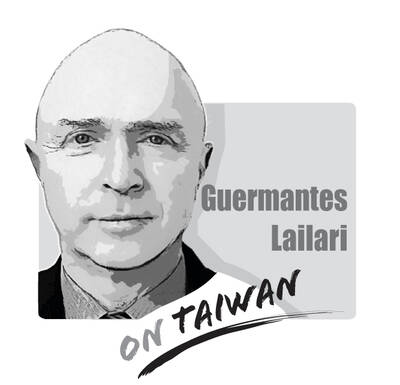China has started to call Tibet “Xizang” instead of Tibet for several reasons.
First, China wants to assert its sovereignty and legitimacy over Tibet, which it claims as an integral part of its territory and history. China argues that the term Xizang, which means “western Tsang” in Chinese, reflects the historical and administrative reality of the region, which was divided into U-Tsang, Amdo and Kham by the Tibetans themselves. China also contends that the term Tibet, which derives from the Mongolian word Tubet, is a foreign imposition that does not represent the diversity and complexity of the region.
Second, China wants to counter the international recognition and sympathy for the Tibetan cause, which is led by the Dalai Lama and his followers. China accuses the Dalai Lama of being a separatist who seeks to split Tibet from China and establish an independent state. China also blames the Dalai Lama for instigating unrest and violence in Tibet since the late 1980s. China hopes that by using the term Xizang, it can undermine the Dalai Lama’s influence and credibility, and isolate him from the international community.
Third, China wants to erase the cultural and religious identity of the Tibetan people, who have been suffering under China’s repressive policies and violations for decades. China has imposed strict controls and restrictions on the Tibetan language, religion, education and expression, and has encouraged the migration and assimilation of Han Chinese into Tibet. China has also destroyed or damaged many Tibetan monasteries, temples and artifacts, and has interfered with the succession of the Dalai Lama. China hopes that by using the term Xizang, it can diminish the distinctiveness and uniqueness of the Tibetan culture and heritage.
These are some of the possible reasons China has started to call Tibet Xizang instead of Tibet.
Khedroob Thondup is a former member of the Tibetan parliament in exile.
A response to my article (“Invite ‘will-bes,’ not has-beens,” Aug. 12, page 8) mischaracterizes my arguments, as well as a speech by former British prime minister Boris Johnson at the Ketagalan Forum in Taipei early last month. Tseng Yueh-ying (曾月英) in the response (“A misreading of Johnson’s speech,” Aug. 24, page 8) does not dispute that Johnson referred repeatedly to Taiwan as “a segment of the Chinese population,” but asserts that the phrase challenged Beijing by questioning whether parts of “the Chinese population” could be “differently Chinese.” This is essentially a confirmation of Beijing’s “one country, two systems” formulation, which says that

“History does not repeat itself, but it rhymes” (attributed to Mark Twain). The USSR was the international bully during the Cold War as it sought to make the world safe for Soviet-style Communism. China is now the global bully as it applies economic power and invests in Mao’s (毛澤東) magic weapons (the People’s Liberation Army [PLA], the United Front Work Department, and the Chinese Communist Party [CCP]) to achieve world domination. Freedom-loving countries must respond to the People’s Republic of China (PRC), especially in the Indo-Pacific (IP), as resolutely as they did against the USSR. In 1954, the US and its allies
Indian Prime Minister Narendra Modi arrived in China yesterday, where he is to attend a summit of the Shanghai Cooperation Organization (SCO) with Chinese President Xi Jinping (習近平) and Russian President Vladimir Putin today. As this coincides with the 50 percent US tariff levied on Indian products, some Western news media have suggested that Modi is moving away from the US, and into the arms of China and Russia. Taiwan-Asia Exchange Foundation fellow Sana Hashmi in a Taipei Times article published yesterday titled “Myths around Modi’s China visit” said that those analyses have misrepresented India’s strategic calculations, and attempted to view
When Chinese President Xi Jinping (習近平) stood in front of the Potala Palace in Lhasa on Thursday last week, flanked by Chinese flags, synchronized schoolchildren and armed Chinese People’s Liberation Army (PLA) troops, he was not just celebrating the 60th anniversary of the establishment of the “Tibet Autonomous Region,” he was making a calculated declaration: Tibet is China. It always has been. Case closed. Except it has not. The case remains wide open — not just in the hearts of Tibetans, but in history records. For decades, Beijing has insisted that Tibet has “always been part of China.” It is a phrase